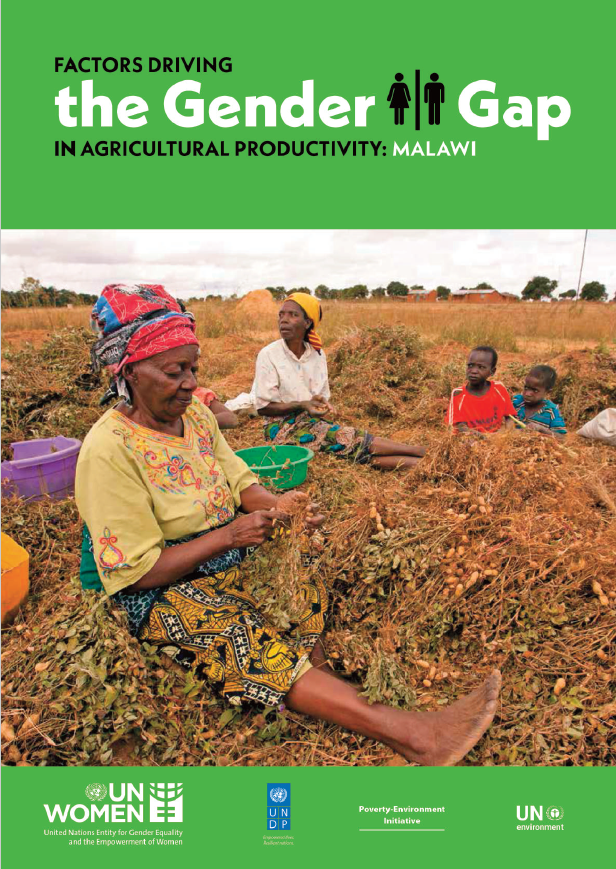
Factors driving the gender gap in agricultural productivity in Malawi

The agriculture sector is a critical industry in Malawi. The sector’s importance makes the difference in agricultural productivity between men and women all the more critical to rectify. This gender gap was affirmed by a joint investigation by the United Nations and the World Bank, which in 2015 produced the report The Cost of the Gender Gap in Agricultural Productivity in Malawi, Tanzania, and Uganda that provided quantitative evidence of the links between agricultural productivity, economic growth and gender inequalities; and estimated the costs of growth opportu- nities lost to gender inequalities in agriculture in the three countries. The report found that closing the gender gap in Malawi could result in an increase of $100 million (MK 50 billion) in gross domestic product and lift 238,000 Malawians out of poverty each year over a 10-year period. Further, it determined that the gains in production, incomes and poverty reduction that would result from closing the gap would be even larger if the smaller size of women’s farm plots was taken into account.
This study differs from its predecessor in that it takes a qualitative rather than quantitative approach to the subject. In its attempt to find the underlying causes of the gender gap, the study conducted extensive interviews with 273 people in 9 farming villages in rural Malawi. That is, it moves beyond merely establishing that a gender gap exists in Malawian agricul- ture to explain why it exists and what steps can be taken to reduce and eliminate this gap.The study confirms the presence of a gender gap in agricultural productivity in rural Malawi. It confirms that women’s ability to work on their plots is constrained by social expectations that they perform significant quantities of unpaid care and domestic work and contribute unpaid labour on their husband’s plots while not controlling the output of that work.